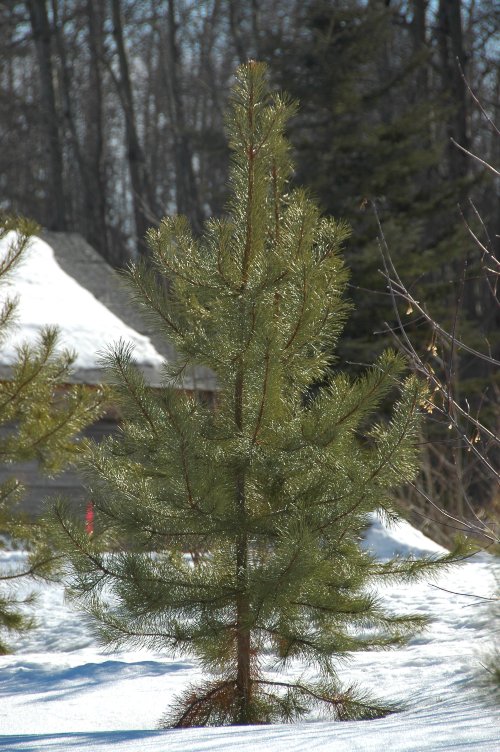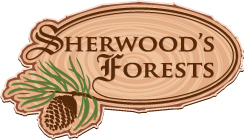Reforesting Dying Poplar Bush
We no longer allow the normal parkland succession: Grassland, poplar, spruce, fire, repeat. Poplar bush typically lasts 50 to 100 years then is taken over by spruce if there is a seed tree within a reasonable distance, or by a temporary regime of shrubs.
I get several requests per year for poplar seedlings to plant to rejuvenate poplar forests. Doesn't work. More sun needed. You have to make at least 1 acre clearings in the poplar overstory for young poplar to grow.
An alternative is to plant foreign and native species that do reasonably well in shade, and potentially have a use or profit. For this to be successful you need two things:
- Demonstration plots that it is possible.
This can be started already with signage on some of the bush trails. More work needed for this.
- Develop supplies of the appropriate species.
Ideally these need to be reclamation size trees -- big enough to compete with the understory, small enough to plant quickly, cheap enough to do on large scale. We have some of these already. Various spruces, firs, maples. We are starting to develope a supply of oaks. Silver maple is available. Sugar maple requires a seed source.
Maple trees generally are shade tolerant, and will grow under a poplar canopy. Silver maple are as sweet as sugar maple, and grow faster. With some encouragement they will be ready to tap in 20 years. Plant silver maple in areas that currently have mature balsam poplar. Plant sugar maple in drier areas that support aspen. (You can also tap manitoba maple and birch, but the sugar content tends to be lower.)
Other possible trees: Spruce, balsam fir, high bush cranberry, chokecherry, oak, red maple, black walnut.
For this project you act in two directions:
- As a demonstration, you plant a hundred of each in our own bush.
- Once they get big enough to be seen as a tree (7 feet) put signs up along a trail teaching people about the new forest.
- Sell seedlings for all the species.
Economics of Reforestation.
Your costs of seedlings run about a buck each. For 5 years you will plant 200 to 400 trees. Cost: About $2000.
Signage: You will want signs per species, and in addition to signage for the benefits of diversity. Call it 20 signs at $10 each. $200
Web page: Photographs and blog entrys, and editing the Re-forestation web page. 100 hours over 5 years. $2000.
So you have a 5 year project that costs under $5,000 to implement. To break even you have to sell something like 2000 seedlings. Good bet, eh?

Lodgepole Pine in our front yard.
